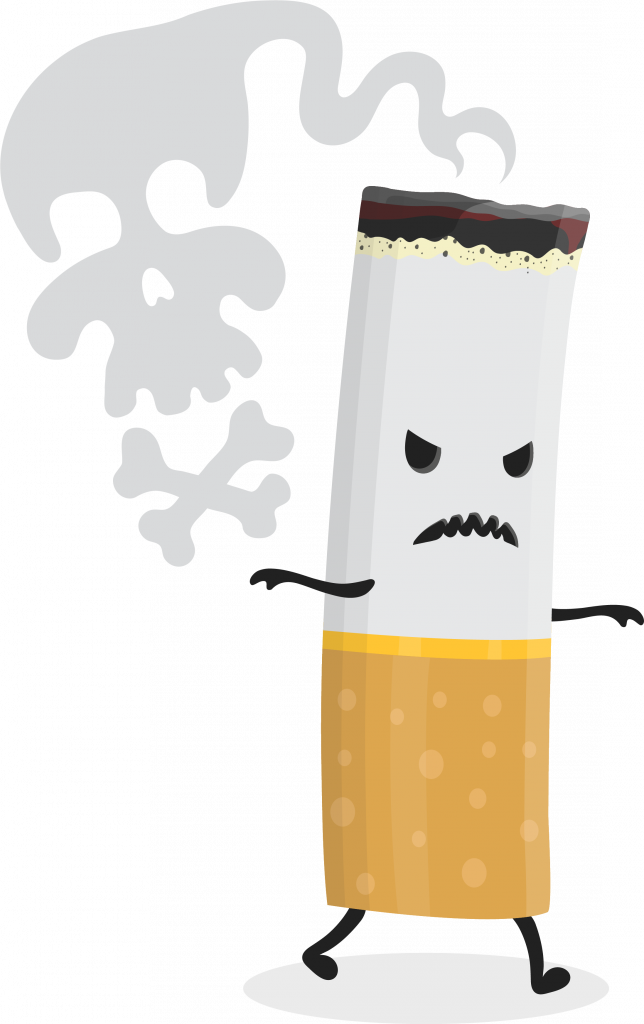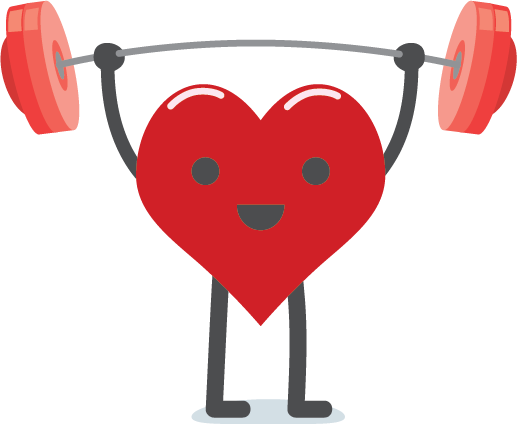Top Priority
Taking care of your heart health is top priority. Coronary heart disease is the leading cause of death for people, young and old, so it’s particularly important for you to take care of your heart. Even if you are young and healthy there are small lifestyle changes you can make to improve your heart health.
Five Tips to Improve Your Heart Health
One – Eat Well
You may have heard it before, but a diet centered around fruits, vegetables, whole grains and healthy proteins and fats are simple changes you can make to help protect your heart health. It’s important to limit sodium and replace saturated fats and processed food with unsaturated fats such as olive oil.
Two – Maintain A Healthy Weight
Being overweight is linked to several health conditions which you should pay attention to like coronary heart disease, stroke, hypertension and high cholesterol.
Three – Stand Up and Get Moving
Try to engage in activities that get your heart rate up during the day. Take the stairs. Walk your pet. Join a group exercise program. Even 30 minutes of moderate aerobic exercise is beneficial.
Four – Live Smoke Free
Quit smoking or vaping. This will keep your heart in top condition. The CDC reports that smoking puts the increased chance of coronary heart disease at 2 to 4 times greater than non-smokers. There are several cessation products on the market. Support group programs are also available. Ask your doctor for recommendations.
Five – Catch the Signs Early
Heart attack affects men and women. Some are sudden and intense. Others start slowly with mild pain or discomfort. Pay attention to your body. Call 911 if you experience these symptoms:
- Chest pain or pressure
- Intense pain in the upper part of your body, typically the neck, back and jaw
- Severe shortness of breath
- Cold sweats
- Fatigue
- Light-headedness or dizziness
- Nausea or vomiting
High Blood Pressure (Hypertension) Your blood pressure is the force your blood exerts against the walls of your blood vessels. Blood pressure is measured with two numbers, the systolic number (top number) and the diastolic number (bottom number). The systolic number measures the pressure when the heart pumps. The diastolic number measures the pressure when the heart rests between beats.
The American Heart Association defines high blood pressure (hypertension):
- Normal: Below 120 (systolic pressure) and below 80 mm Hg (diastolic pressure)
- Elevated: 120 to 129 and below 80 mmHg
- Stage 1 hypertension: 130 to 139 and 80 to 89 mmHg
- Stage 2 hypertension: 140 or more and 90 mm Hg or more
- Emergency: 180 or more and 120 mm Hg or higher
What can I do to control my blood pressure?
Modify your diet with a focus on nutrition and a healthy body weight. Avoid processed foods and fast foods which are typically high in sodium which can raise your blood pressure. Try to get at least 2.5 hours of physical activity per week. Don’t use tobacco, alcohol or illicit drugs. Manage your stress and get enough sleep.
Your doctor may recommend medication to help lower your blood pressure. There are different kinds of medications to lower blood pressure. You may need to try different ones or use them in combination to avoid side effects.
What Is Coronary Artery Disease?
Coronary Artery Disease (CAD) is often called hardening of the arteries or atherosclerosis. The arteries give the heart vital oxygen and nutrients. When your body has too much LDL (low density lipoprotein) cholesterol, it can build up on the walls of your blood vessels. This buildup is called “plaque.” As your blood vessels build up plaque over time, the insides of the vessels narrow. When this happens, it’s harder for blood to flow through, potentially causing a clot. If a blood clot forms, it can stop blood flow and cause a heart attack or stroke.
LDL (low density Lipoprotein) – the “BAD” Cholesterol
If your LDL is 190 or more, your doctor may suggest a LDL-lowering statin drug and healthy lifestyle choices to avoid heart disease because too much LDL clogs the artery walls.
HDL Cholesterol – the “GOOD” Cholesterol
HDL takes the bad cholesterol out of your blood. So raise your HDL! Eat more fish. Increase your intake of soluble fiber (beans, legumes, oats, barley, berries). Lose weight. Exercise more.
Atrial Fibrillation
Atrial fibrillation, also called AFib or AF, is a quivering or irregular heartbeat (arrhythmia) that can lead to blood clots, stroke, heart failure and other heart complications. About 2.7 million people are living with atrial fibrillation.
Normally the heart contracts and relaxes to a regular beat. In atrial fibrillation, faulty electrical signals in the upper heart chambers called the atria, cause irregular, quivering heart beats. The atria then get out of sync with the ventricles and do not move blood into the ventricles. When blood pools in the atria, a clot can break off. It can enter the bloodstream and lodge in an artery leading to the brain and a stroke results. About 15 to 20 percent of people who have had a stroke, have atrial fibrillation and are treated with “blood thinner” medicines.
There are three main types of blood thinners. Each has a specific function to prevent a blood clot from forming and causing a blocked blood vessel:
- Anticoagulants like warfarin or heparin
- Antiplatelet drugs like aspirin
- Fibrinolytics like tPA (tissue plasminogen activator)
Risk Factors for AFib
- Advancing age
- High blood pressure
- Obesity
- Diabetes
- Moderate to heavy alcohol use
- European ancestry
Symptoms of AFib
- Irregular heartbeat
- Heart palpitations (rapid fluttering or pounding)
- Lightheadedness
- Extreme fatigue
- Shortness of breath
- Chest pain
Exercise is so important to good heart health and good overall health. It improves balance and coordination, strengthens bones and muscle and builds confidence. It even improves mood! Here are some easy things you can do to get more active.
- Walk briskly about 2.5 mph
- Take a nice swim
- Ride a bike over level terrain undre 10 mph
- Take up ballroom or line dancing
- Walk the dog
Healthy Eating
These two diets focus on general healthful eating that is good for your heart.
The Mediterranean Diet is a plant-based diet focused on lean meats like poultry and fish, fruits and vegetables, whole grains, nuts, legumes and heart-healthy fats, especially olive oil. This diet uses herbs and spices to flavor foods instead of salt. It also allows low-fat dairy products and moderate amounts of red wine.
Why Is It Good For You?
The Mediterranean diet includes many anti-inflammatory foods and monounsaturated fats like olive oil which does not raise cholesterol levels the way other saturated and trans fats do. It has even been shown to improve cognition and can help you lose weight when combined with proper exercise.
DASH is an acronym for “Dietary Approach to Stop Hypertension”. This diet is high in nutrients like fiber, potassium, calcium, magnesium which play a role in heart health. It is low in saturated and trans fats and added sugars and sodium. Many foods are allowed in a DASH diet including fruits and vegetables, lean meats, fat-free dairy products, and whole grains. But your taste buds may have to adjust because salts, sugars, oils, processed foods and full-fat dairy products like butter, ice-cream and whole milk are to be avoided.
Why Is It Good For You?
A DASH diet can lower blood pressure in as little as two weeks. The eating plan is very flexible, and many fresh foods are allowed.











Comments are closed.